
Visit Continental Tires in your country for local vehicle fitment
# Sustainability
Consistently More Sustainability
Four Questions for Jorge Almeida, Head of Sustainability at Continental Tires
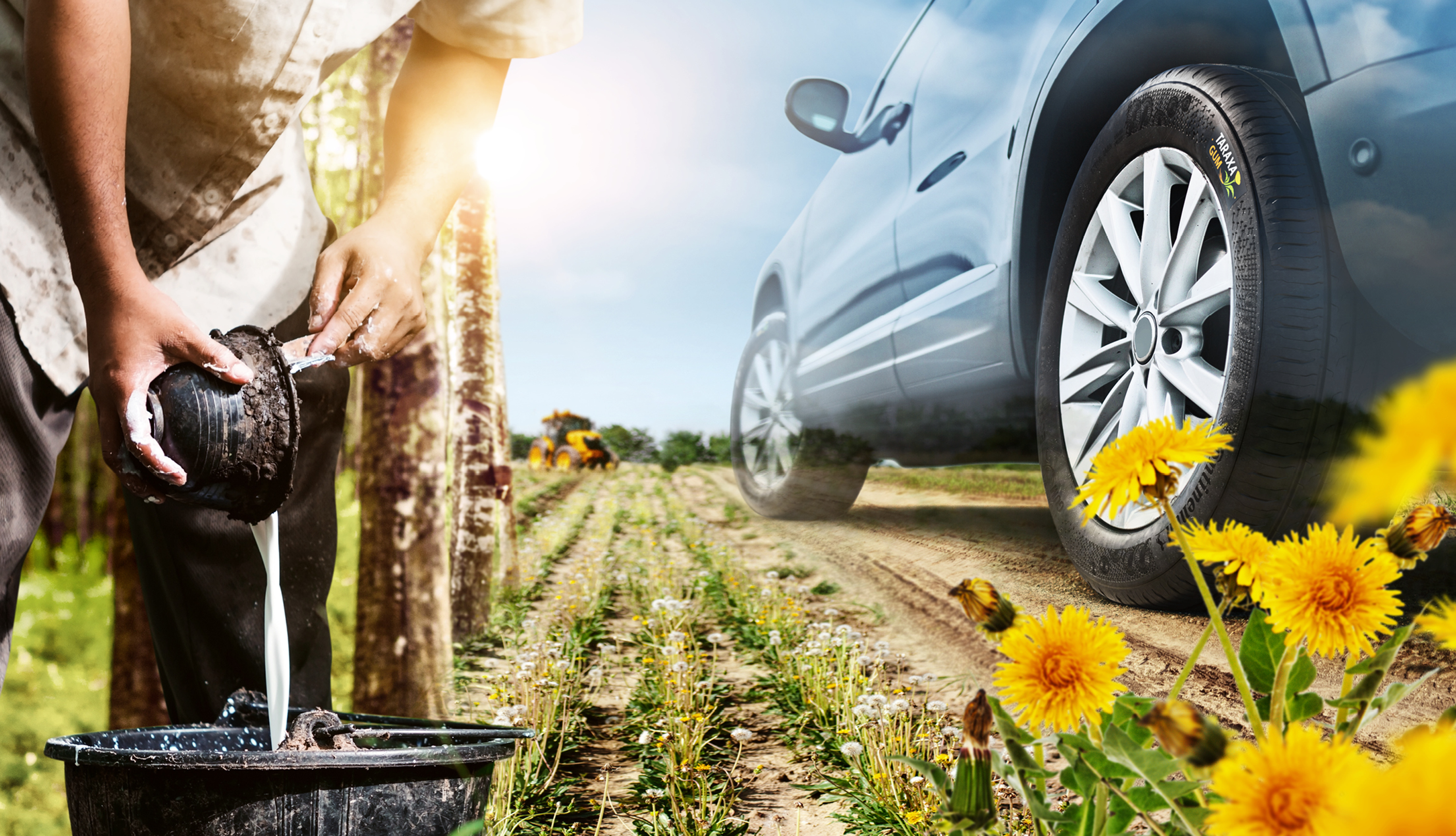
We have set ourselves high goals: By 2050 at the latest, all our tires should be made of 100 percent sustainable materials.

We are pursuing ambitious goals in the area of sustainability. For example, we want to use 100 percent sustainable materials in our tires by 2050 at the latest. In order to achieve this goal, we are already working on adapting the raw materials we use accordingly. In May 2023, Jorge Almeida took over as Head of Sustainability at Continental Tires. We asked him four questions on the subject of sustainable materials.
How has the transformation in the automotive industry affected the tire industry over the past five years?
"Mobility is becoming connected and sustainable. At the same time, a tire has looked the same for decades. But only from the outside. Basically, it has always been a "rotating air spring". Its technology, materials, and manufacturing processes, however, are constantly evolving. To this end, Continental is one of the frontrunners in the industry and has been so for 150 years. We constantly innovate and are pushing the boundaries. We go the extra mile to ensure maximum safety and performance. And the same holds true for sustainability and digitalization. Both areas hold exciting opportunities for us. We are creating an ecosystem smart, digital solutions around our premium tires. For example, by equipping our tires with sensors and connecting them to the cloud, a tire can be serviced proactively. This reduces operating costs and increases the productivity of our fleet customers, elongating the life of our products"
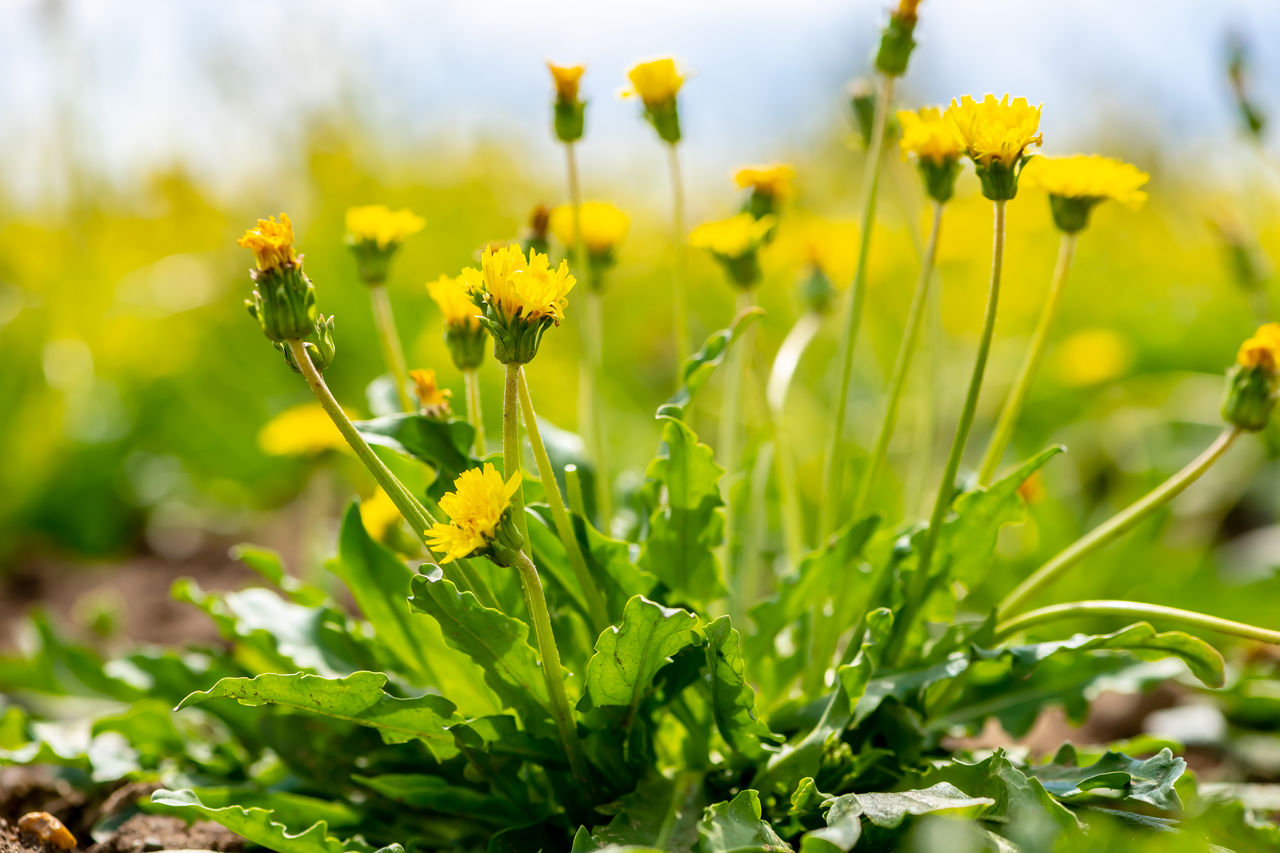
Is our R&D on Taraxagum tires reflective of a broader industry need to move away from natural rubber? If so, why do we believe this is necessary?
"The specific properties of natural rubber are unique. So, a certain amount of natural rubber will very likely always be needed to ensure top safety performance. With our dandelion rubber project, we are researching how to industrialize a complimentary source of natural rubber. We want to ease the pressure that is being put on traditional growth regions amongst the tropical belt. While we are still in the research phase, it remains our aim to one day grow a certain share of the rubber we consume next to our production facilities."
With up to 65 percent of renewable, recycled and mass balance certified materials, our UltraContact NXT is the most sustainable production tire on the market to date. That's a great achievement.
Are other alternative materials proposed by us such as rice husks or plastic bottles envisioned to be suited for general or specific applications?
"Step by step, we are already seeing which renewable and recycled alternatives will find their way into tire construction in the future. These include waste products from agriculture - such as the ash from rice husks - rubber from dandelions, recycled rubber or PET bottles.
Rice husks for example are an agricultural waste product which may be processed into silica through a new, less energy consuming process. Silica helps to optimize characteristics such as grip, rolling resistance and tire life. The innovative ContiRe.Tex technology generates high-performance polyester fibers used to reinforce the tire carcass through recycling PET bottles, which otherwise would have ended up in incinerators or landfills. With the ContiRe.Tex technology, we have developed a more energy-efficient and eco-friendly alternative that allows it to recycle between nine and fifteen plastic bottles for each tire, depending on the tyre size.
Our goal is that by 2050 at the latest, all our tires will be made from sustainable materials. By 2030 we aim to have over 40 percent renewable and recycled content in our tires."
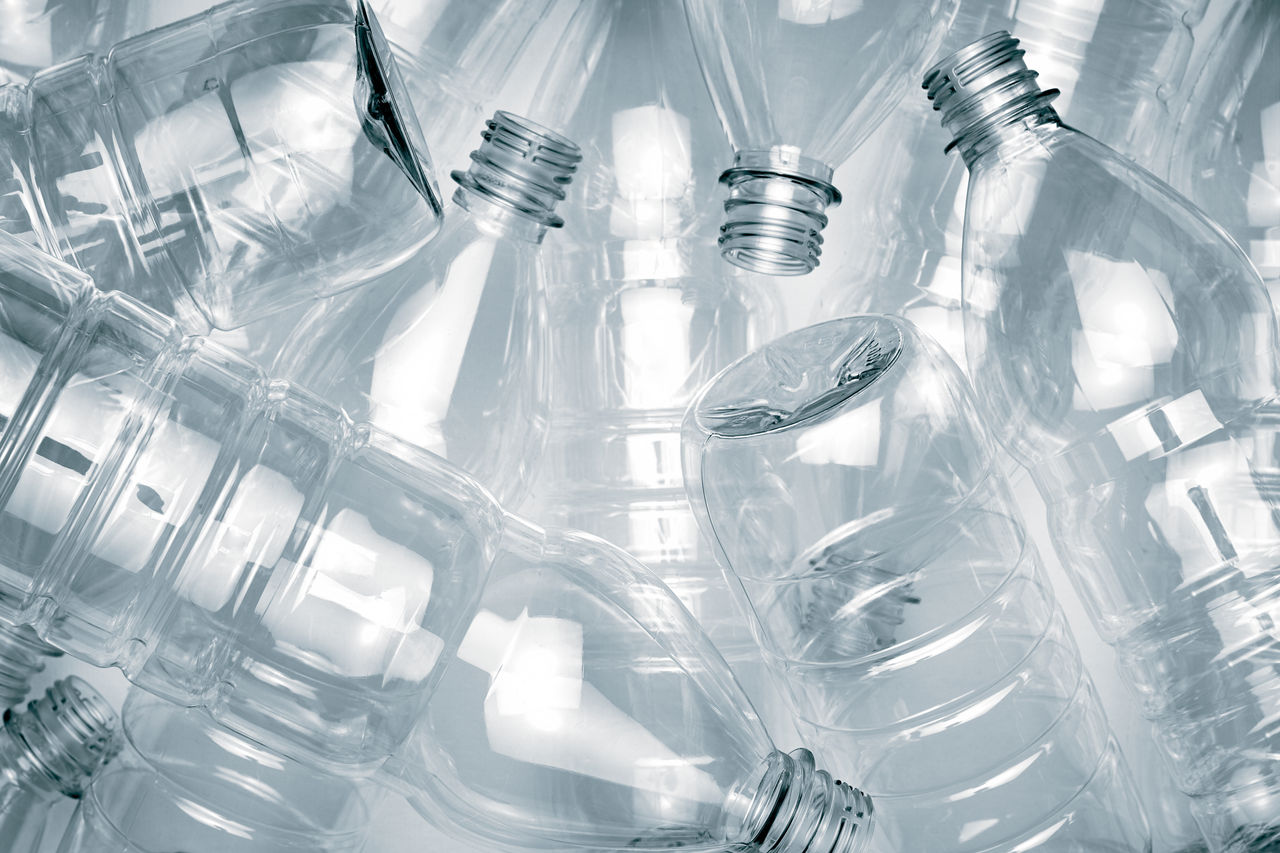
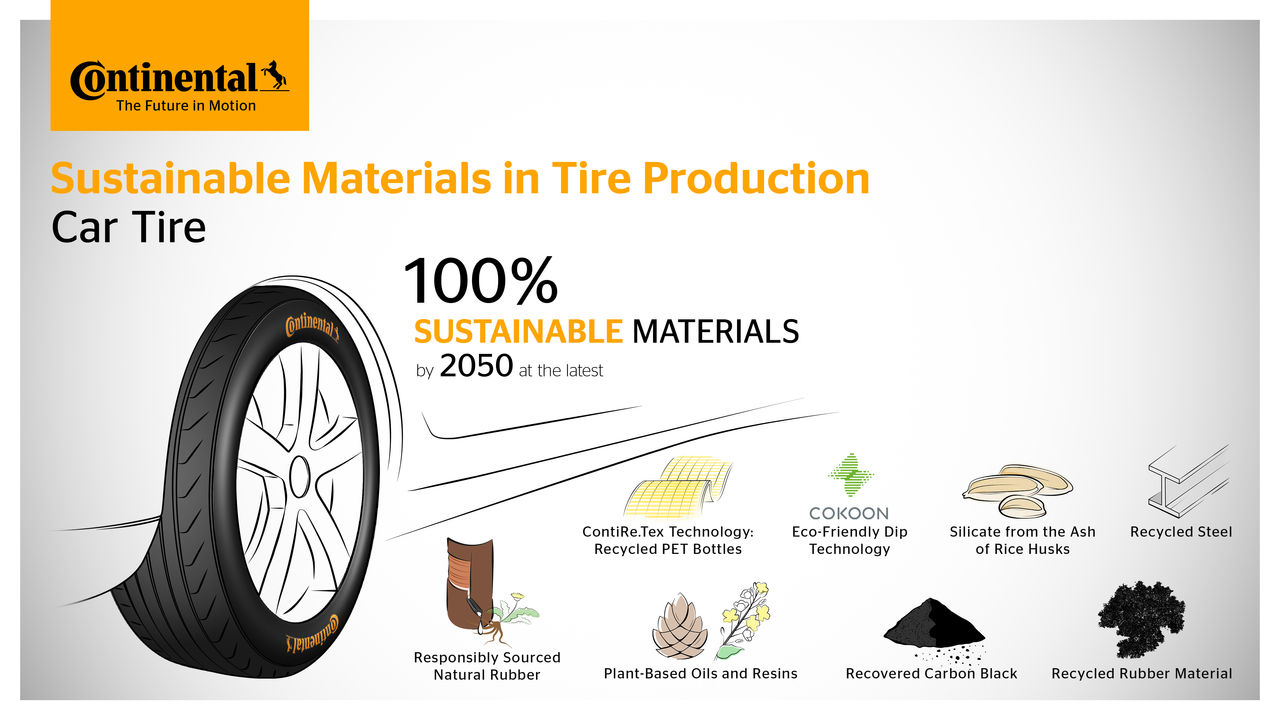
What important milestones do you still need to reach before fulfilling your 2050 alternative tire materials plan?
"Tires are absolutely safety relevant. We need high-performance materials for our tires. For example, new, recycled, or renewable materials all have an individual influence on safety and performance-relevant criteria in the use phase of a tire. We invest a lot of effort in research and development and in testing new materials before we are sure they can be used in mass production. We work closely with our suppliers worldwide to overcome those challenges. We have very ambitious sustainability targets and are making very good progress, but we will never compromise on safety in our products. We go innovative ways when it comes to the materials we use, but we also need to secure that we source them responsibly. This is quite a complex task to solve, as we need to monitor our entire upstream supply base, to guarantee that all our partners and suppliers live up to our high standards when it comes to generating a positive impact to nature and society."
More information about this topic is located...
... in our press release on our use of sustainable materials...
... or on these pages
-
 2024/09/12TaraxagumWe believe that extracting natural rubber from dandelion is a crucial step in the tire industry.Read more
2024/09/12TaraxagumWe believe that extracting natural rubber from dandelion is a crucial step in the tire industry.Read more -
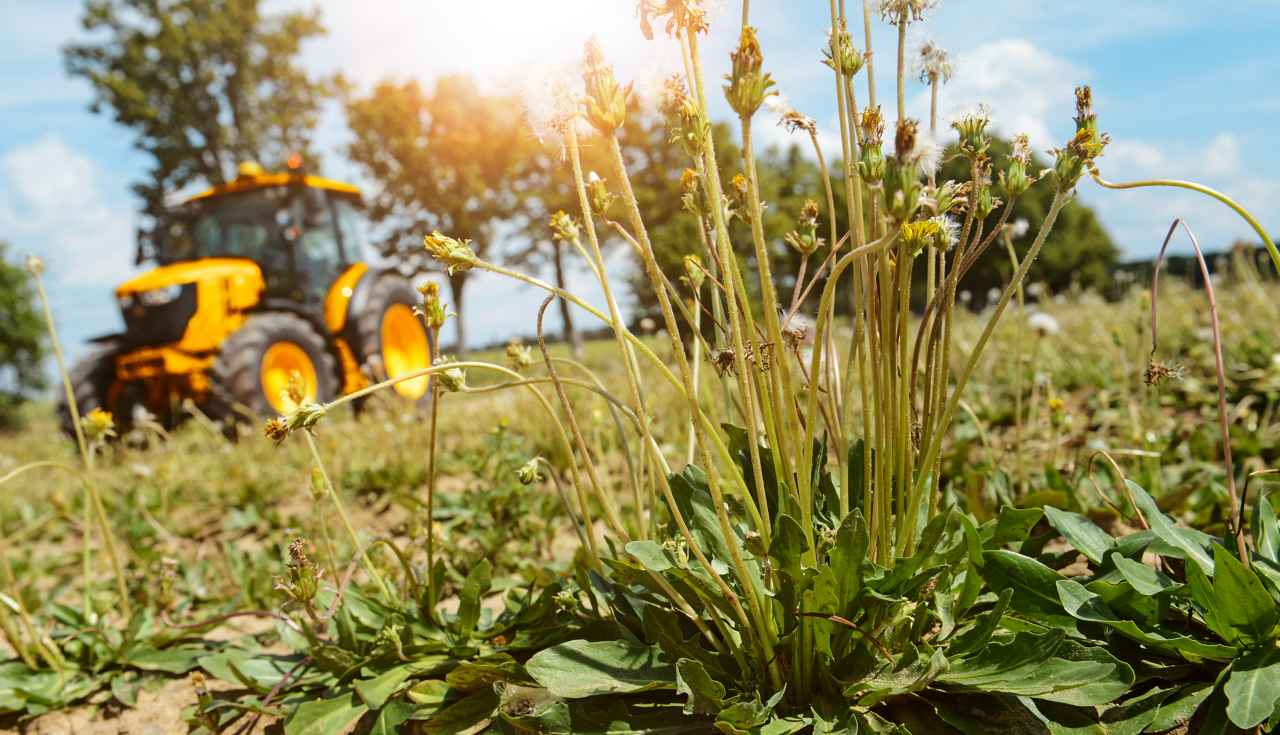 2024/12/17Design & SourcingOur tire supply chain is 100 percent carbon neutral by 2050 at the latest. Find out what we are doing to achieve this goal.Read more
2024/12/17Design & SourcingOur tire supply chain is 100 percent carbon neutral by 2050 at the latest. Find out what we are doing to achieve this goal.Read more